Are you considering adding a hot tub to your home but unsure about the investment? You’re not alone. Hot tub pricing can be confusing with such a wide range of options on the market. From portable inflatable models costing as little as £500 to luxury spas exceeding £15,000, understanding what influences these prices is crucial to making the right choice for your wellness journey.
In this comprehensive guide, we’ll break down everything you need to know about hot tub costs in 2025.
Average Hot Tub Price Range in the UK
Entry-level hot tubs range from £2,000 to £3,000. At this price point, you’ll find simpler designs with fewer jets, basic filtration systems, and standard insulation. Many newcomers to hot tub ownership start here, and these models can provide the relaxation and warm-water therapy you’re seeking. However, they may have higher long-term running costs due to less efficient insulation and simpler heating systems.
On the other end of the spectrum, premium hot tubs can range from £4,000 to £22,000+. These luxury models offer advanced massage systems with strategically placed jets, superior energy efficiency with multi-layer insulation, high-quality acrylic shells, and sophisticated control systems. Many include ambient lighting, waterfall features, and audio systems to enhance your relaxation experience.
What Influences Hot Tub Prices?
Hot tub prices vary depending on several key factors. While entry-level models start with simpler heating systems and basic designs, high-end options include advanced features that significantly increase cost. Here’s what affects the price:
1. Hot Tub Size
The size of a hot tub impacts its price, with larger models commanding higher prices due to increased materials, capacity, and power requirements.
Two-person hot tubs are the most compact option, ranging from £2,000 to £5,000. These space-saving models are perfect for couples or those with limited outdoor space. Despite their smaller size, many offer impressive jet configurations focused on fewer seating positions.
Four-person hot tubs represent the most popular middle ground, often priced between £3,000 and £8,000. These models balance space efficiency and social capacity, with varied seating arrangements for different body types and relaxation preferences.
Six-person and larger hot tubs start around £6,000 and can exceed £15,000 for premium models. These spacious options are ideal for families or commercial spas. Although their larger water volume requires more robust heating systems.
Tip: Remember that the person-capacity rating reflects maximum occupancy. For comfortable use, choose one size up from what you think you need, especially if the users prefer to stretch out.
2. Jet Count and Massage Functionality
The number, type, and placement of jets can influence the hot tub costs and your overall experience. Entry-level models feature 10-20 basic jets, while premium options can boast 30+ specialised jets with customizable pressure settings. For example, the H2O Athena Swim Spa has 32 hydrotherapy jets:
More jets don’t necessarily mean a better massage. What matters most is how the jets are placed and which muscles they target. Models like the Athena use a variety of jet types, including rotating, pulsating, and directional, to deliver a more effective and customized massage experience.
Tip: When comparing hot tubs, look beyond the jet count to understand the effectiveness of the massage system and whether it addresses your specific relaxation or therapeutic requirements.
3. Salt Water vs. Chlorine-based Systems
Traditional chlorine systems remain the most affordable option, but saltwater systems have gained popularity despite their higher upfront cost (adding £500-£1,500 to the purchase price).
Saltwater systems use a salt cell to convert salt into chlorine naturally, resulting in gentler water that’s less likely to cause skin irritation or red eyes. Many users report that the water feels silkier and more natural, with reduced chemical odor. While the initial investment is higher, you’ll save on ongoing chemical costs and enjoy simpler maintenance.
Chlorine systems require regular testing and manual chemical additions, but have lower initial costs and are more widely understood. They’re effective at sanitizing but require more hands-on management of water chemistry.
Your choice between these systems should balance initial cost against long-term convenience and your sensitivity to traditional chlorine treatments.
Curious whether a wood-fired tub might be a more cost-effective alternative? Explore this complete wood-fired hot tub buying guide to compare maintenance, setup, and running costs.
4. Smart Controls and Insulation Quality
Today’s hot tubs offer varying levels of technological integration. For example, basic models, like the H20 Pure Bliss 13A plug-and-play, feature simple analog controls. At the same time, mid-range and premium options include digital displays, programmable settings, and even smartphone connectivity, allowing you to adjust temperature and jets remotely.
Insulation quality also affects energy efficiency and running costs. Premium hot tubs feature full-foam or multi-layer insulation that maintains heat efficiently, while budget models often have partial insulation, resulting in higher energy consumption. The savings on your energy bill from superior insulation can offset the higher purchase price over time.
5. Design
Hot tub design has evolved beyond the basic round shape, with modern options offering everything from sleek minimalist styles to nature-inspired organic forms. For example, this H20 Just for 2 plug-and-play hot tub comes in a storm cloud finish and has extra features such as colour-changing LED lighting systems that beautify your outdoor space.
The shell material also affects both aesthetics and durability. Acrylic is the industry standard, and it is available in various qualities and finishes. Higher-end models offer premium colours and textures that resist fading and scratching, maintaining their appearance for years longer than basic models.
While aesthetics might seem less important than functionality, remember that your hot tub will be a permanent feature in your outdoor space. Therefore, choose a design that integrates well with your home’s style to improve your overall satisfaction and property value.
6. Quality of the Tub
A hot tub’s construction quality significantly impacts its longevity and price. Premium hot tubs utilise thicker acrylic shells reinforced with multiple layers of fiberglass for superior strength and durability. These higher-quality shells resist cracking, fading, and staining, often maintaining their appearance for 15+ years.
Frame construction differs by model and price point, each offering its own balance of value and durability. Budget-friendly hot tubs often use treated wood frames, which provide reliable support for lighter use. Mid-range and premium models typically feature engineered materials designed to handle the demands of outdoor environments and frequent use, offering added longevity and resistance to moisture over time.
Take, for instance, the H20 500 Series 13A hot tub. This tub is enclosed in a sturdy aluminum frame and PVC base to provide maximum structural integrity and long-term resistance against rot, rust, and moisture intrusion. While this is good, high-end models like the Equinox EQ570 Pro have a thermally insulated sheet on sealed ABS for the base and a thick silver thermal wrap for the side skirts. These materials have better insulating properties and reduce the time spent heating the tub.
Component quality is another crucial factor. Premium hot tubs incorporate commercial-grade pumps, heaters, and filtration systems from recognised manufacturers designed for continuous operation and easy servicing. These higher-quality components come with more extended warranties and lower repair frequencies, reducing long-term ownership costs despite the higher initial investment.
When evaluating quality, ask about the thickness of the acrylic shell, the frame material and construction method, and the brands of internal components. These details often reveal more about the actual value than the visible features.
7. Features
Entry-level tubs have basic jets, a simple control panel, and a single-colour underwater light. While functional, they’re designed for simplicity rather than indulgence.
As you move up the pricing ladder, you’ll find options with premium features that improve the therapeutic and recreational experience. These include:
-
Advanced Jet Systems: High-end models often feature zone-specific hydrotherapy, allowing users to target different muscle groups with adjustable jets, air controls, and varying flow rates. Some even include foot, neck, and shoulder massage stations.
-
LED Mood Lighting: Multi-colour LED lighting systems set the tone for evening soaks, with some models offering synchronised light shows or illuminated waterfalls.
-
Waterfalls and fountains: These add a calming, spa-like ambiance and, depending on the design, can even offer gentle shoulder massages.
-
Integrated Sound Systems: Bluetooth-compatible speakers built directly into the shell or cabinet let you enjoy your favorite playlists without extra clutter.
-
Smart Controls: Many premium tubs have WiFi-enabled control panels that allow users to monitor and adjust water temperature, jet settings, and filtration cycles via a smartphone app.
-
Ozonators & UV-C Sanitation: These advanced water purification systems reduce reliance on harsh chemicals, keeping water cleaner and more skin-friendly with less maintenance.
Some high-end tubs even feature aromatherapy dispensers, built-in coolers, and programmable massage cycles for a personalised experience. Ultimately, while features add to the upfront cost, they are worth it because of the experience you get.
How to Choose the Right Hot Tub for Your Budget
Here are some helpful tips to help you maximise your budget:
1. Set a Budget:
Understanding the features and quality to expect at each price point can help you make an informed decision that balances your desires with your budget constraints. Let’s explore what you get at each tier in 2025.
Entry-Level Hot Tubs (£2,000–£4,000)
You’ll find basic but functional models offering core hot tub benefits without premium features at this price range. These models include:
- Basic jet systems with 10-20 standard jets
- Partial insulation focused primarily on the shell
- Simple control systems with basic temperature and jet control
- Standard filtration systems require more frequent cleaning
- Shorter warranties ( 1-2 years on components, 5 years on shell)
- Limited seating configurations with standard molding
These models are ideal for first-time buyers testing the waters of hot tub ownership or those with occasional usage patterns. While running costs tend to be higher due to less efficient insulation, the lower initial investment makes them accessible to more households.
Not sure whether you need a 13A or 32A connection for your setup? Read our detailed comparison of 13 amp vs. 32 amp hot tubs to understand which fits your budget, usage, and installation plans.
2. Mid-Range Hot Tubs (£4,000–£8,000)
This popular category represents the sweet spot for many buyers, balancing quality construction with thoughtful features. At this price point, you can expect:
- Acrylic shells with good thickness and multiple reinforcement layers
- Advanced jet systems with 30-50 jets of varying types and targeted placement
- Improved insulation, including full foam in key areas
- Digital control systems with programmable features
- Multi-stage filtration systems
- Better energy efficiency with improved heaters and pumps
- Varied seating options, including specialised positions
Most mid-range models include thoughtful extras like LED lighting, waterfall features, and cup holders. At the upper end of this range, some may offer basic audio systems or WiFi connectivity.
3. Premium Hot Tubs (Over £8,000)
At the high end of the market, you’ll find hot tubs that combine superior engineering with luxury features. These models offer:
- Advanced jet systems with 50-70 specialised jets
- Comprehensive insulation packages designed for all-season efficiency
- Sophisticated control systems with smartphone integration
- Advanced water purification, including UV or ozone sanitization
- Multiple high-performance pumps for targeted hydrotherapy
- Ergonomically designed seating with multiple therapy stations
- Luxury features like integrated audio, choreographed lighting, and water features
The primary advantage of premium hot tubs is their therapeutic capability. These models offer genuine hydrotherapy with programmed massage sequences, variable jet pressure, and specialised seating to target specific muscle groups.
2. Go for a Quality Hot Tub
Making an informed hot tub purchase requires looking beyond flashy features to evaluate the core components determining longevity and performance. Here are the top features to focus on:
Shell Construction
The shell is the foundation of your hot tub and should be your primary quality consideration. Look for:
- Vacuum-Formed Acrylic Shells: Premium hot tubs feature shells made from vacuum-formed acrylic, known for its durability and resistance to chemicals, stains, and high temperatures. This process ensures a non-porous, glossy surface that’s attractive and easy to maintain.
- Fiberglass Reinforcement: To provide structural integrity, high-quality acrylic shells are reinforced with multiple layers of fiberglass. This reinforcement helps the shell withstand the weight of water, bathers, and temperature fluctuations, reducing the risk of cracking or warping over time.
- Uniform thickness throughout (check corner areas where manufacturers sometimes cut corners)
- UV-resistant formulation to prevent fading in sunlight
Insulation Systems
Effective insulation dramatically impacts both comfort and running costs. The best systems include:
- Full-foam insulation surrounds the shell and plumbing
- Reflective barriers that direct escaping heat back into the water
- Insulated floor to prevent heat loss to the ground
- Thermal barriers within the cabinet create air pockets
- High-density foam with closed-cell structure
Jet Systems
Beyond simply counting jets, evaluate:
- Jet materials (stainless steel or high-grade composites last longer than plastic.
- Bearing quality in rotating jets (ceramic bearings outperform plastic)
- Jet pump power relative to jet count (underpowered pumps lead to disappointing massage)
- Targeted placement for therapeutic benefit
- Customization options like adjustable flow controls
Quality manufacturers design their jet systems holistically to deliver specific massage experiences rather than adding more jets. If possible, ask for a "wet test" before purchasing. This way, you can experience the jet system firsthand before buying.
3. Cost of Ownership vs. Short-Term Savings
When evaluating hot tub options, looking beyond the purchase price to consider total ownership costs over 10-15 years provides a more accurate value picture. This often shows that investing in a higher-quality model can deliver greater value over time, even if the upfront cost is higher.
The actual cost of hot tub ownership includes:
- Initial purchase and installation
- Monthly energy consumption
- Water treatment supplies
- Regular maintenance
- Component repairs and replacements
- Water refills and associated heating
While the premium model represents a higher total cost over 10 years, its extended lifespan means the annual ownership cost is lower when calculated over its full lifetime. The superior comfort, reliability, and reduced maintenance time offer value beyond pure financial calculations.
4. Know Your Intended Use
Are you buying a hot tub for hydrotherapy, family fun, or quiet solo relaxation? Your intended use should guide your choice in size, seating layout, jet configuration, and features. For example, if muscle recovery is your goal, look for models with deep-tissue massage jets and ergonomic seating zones.
5. Match the Tub to Your Space
Measure your intended hot tub location carefully, considering clearance for covers, steps, and service access. Check that your deck or patio can handle the weight of a filled tub and ensure proper electrical connections are in place for safe installation.
6. Check the Warranty and Support
A strong manufacturer’s warranty is a sign of confidence in product quality. Look for coverage on shell, frame, plumbing, and components, and check if local service support is readily available should you need repairs or part replacements.
Final Thoughts on Hot Tub Costs in 2025
Hot tub ownership represents a significant but worthwhile investment for many UK households. Entry-level models starting around £2,000 provide the core benefits of warm water relaxation, while premium models exceeding £10,000 offer therapeutic features and potential long-term savings through efficiency and durability.
For the most satisfying experience, focus on quality rather than price. A high-quality hot tub may cost more upfront, but it pays dividends in the long run. Ready to purchase your first hot tub? Contact any of our experts at Heracles Wellness, and we’ll recommend a tub that’ll give you the best value for your money and use case.
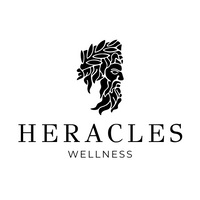

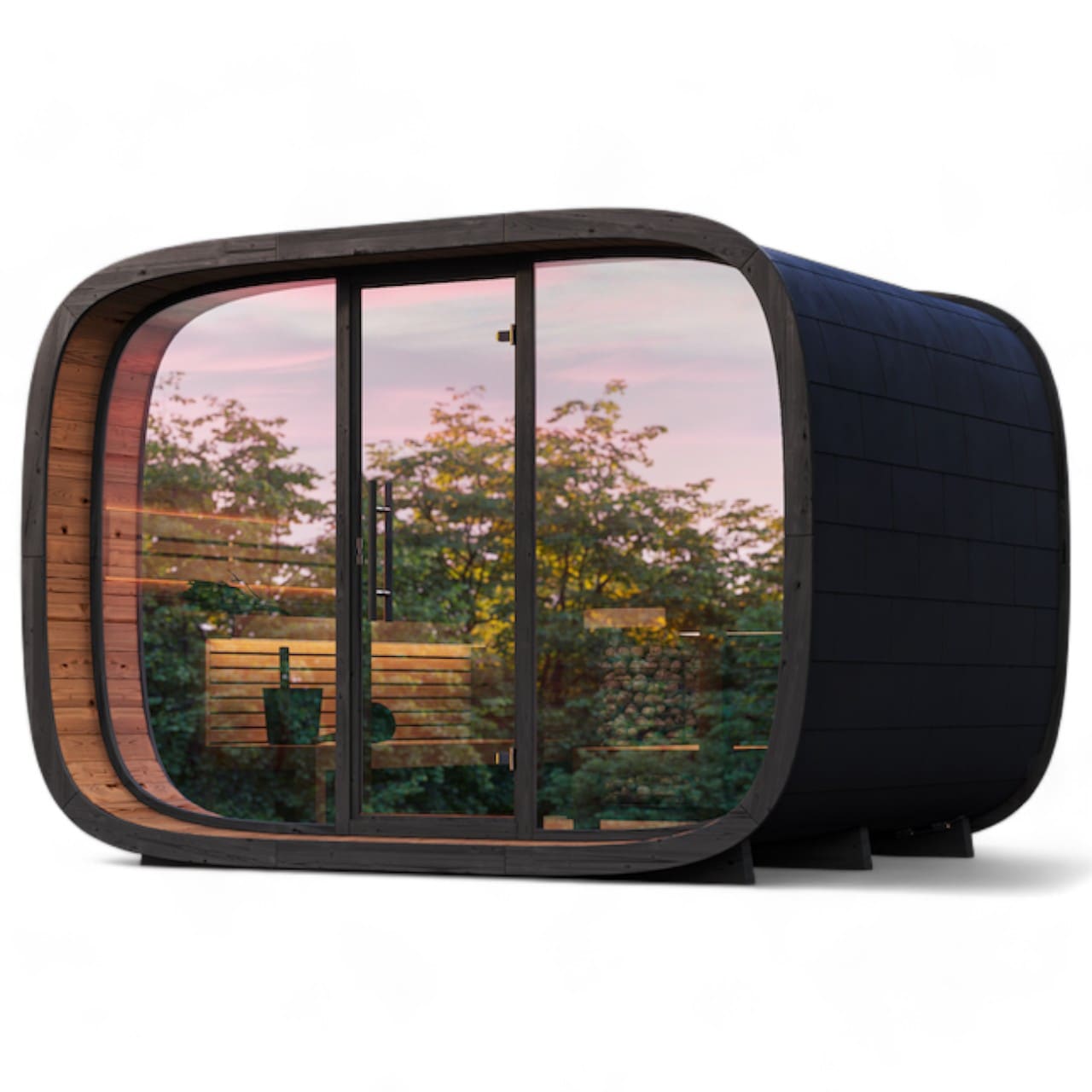
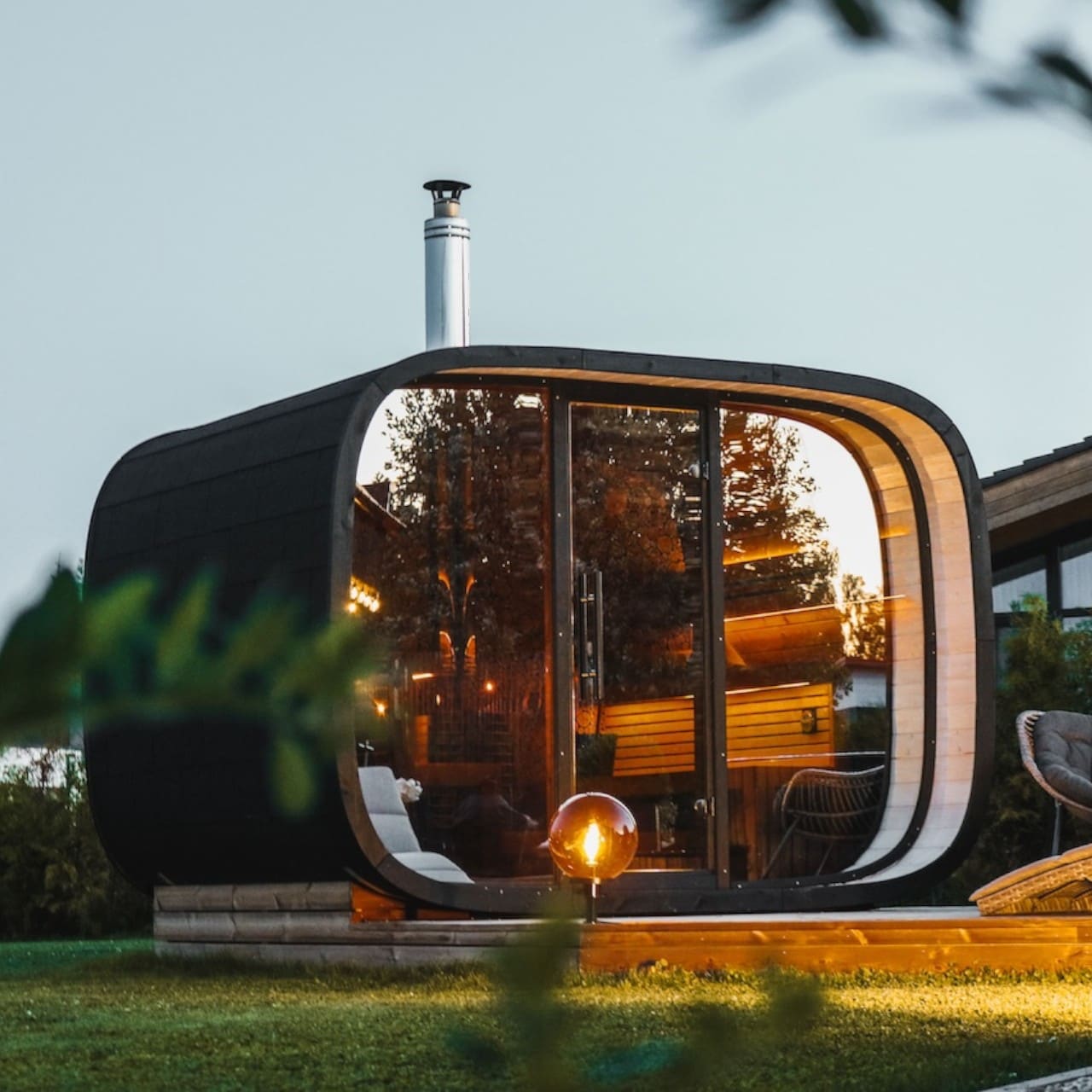
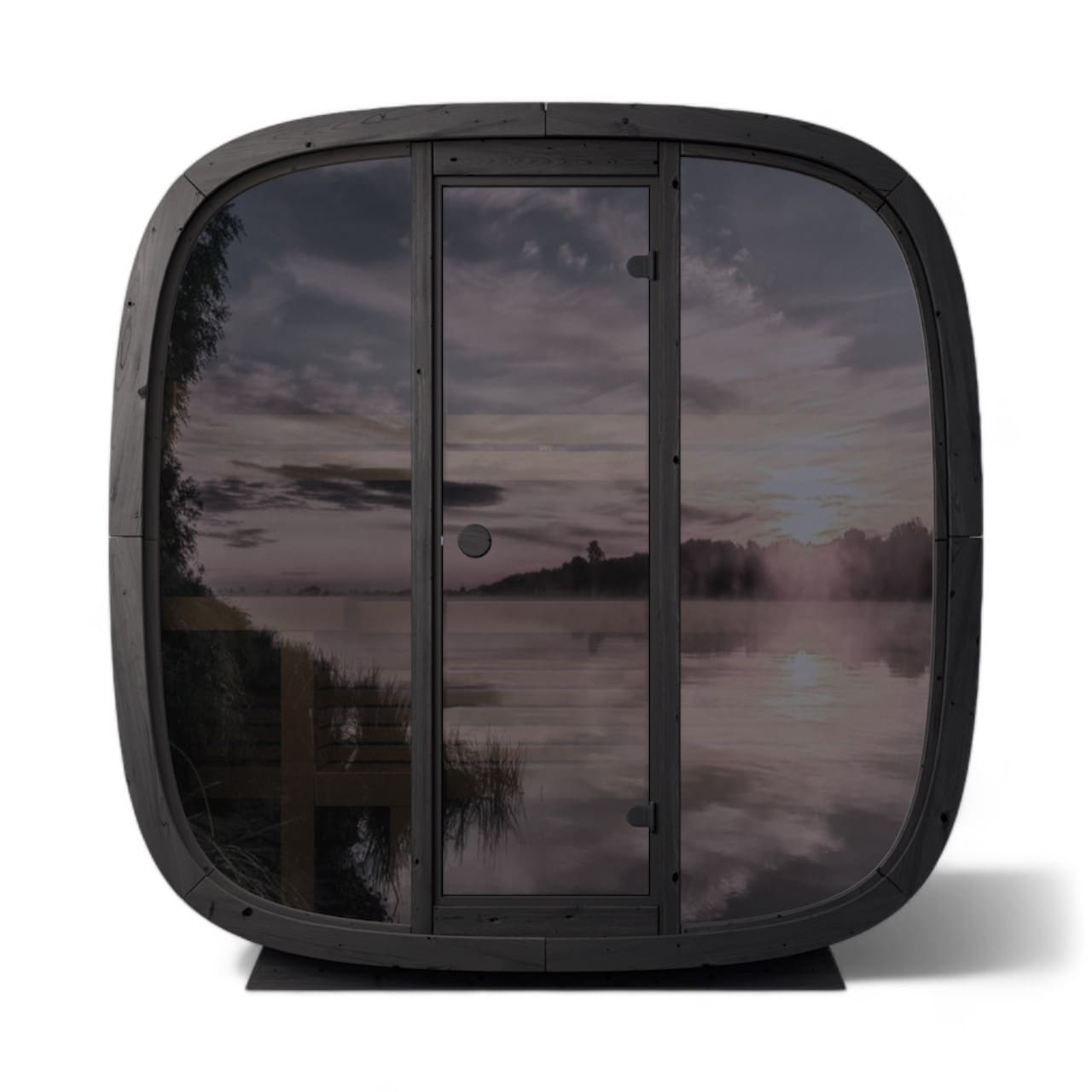
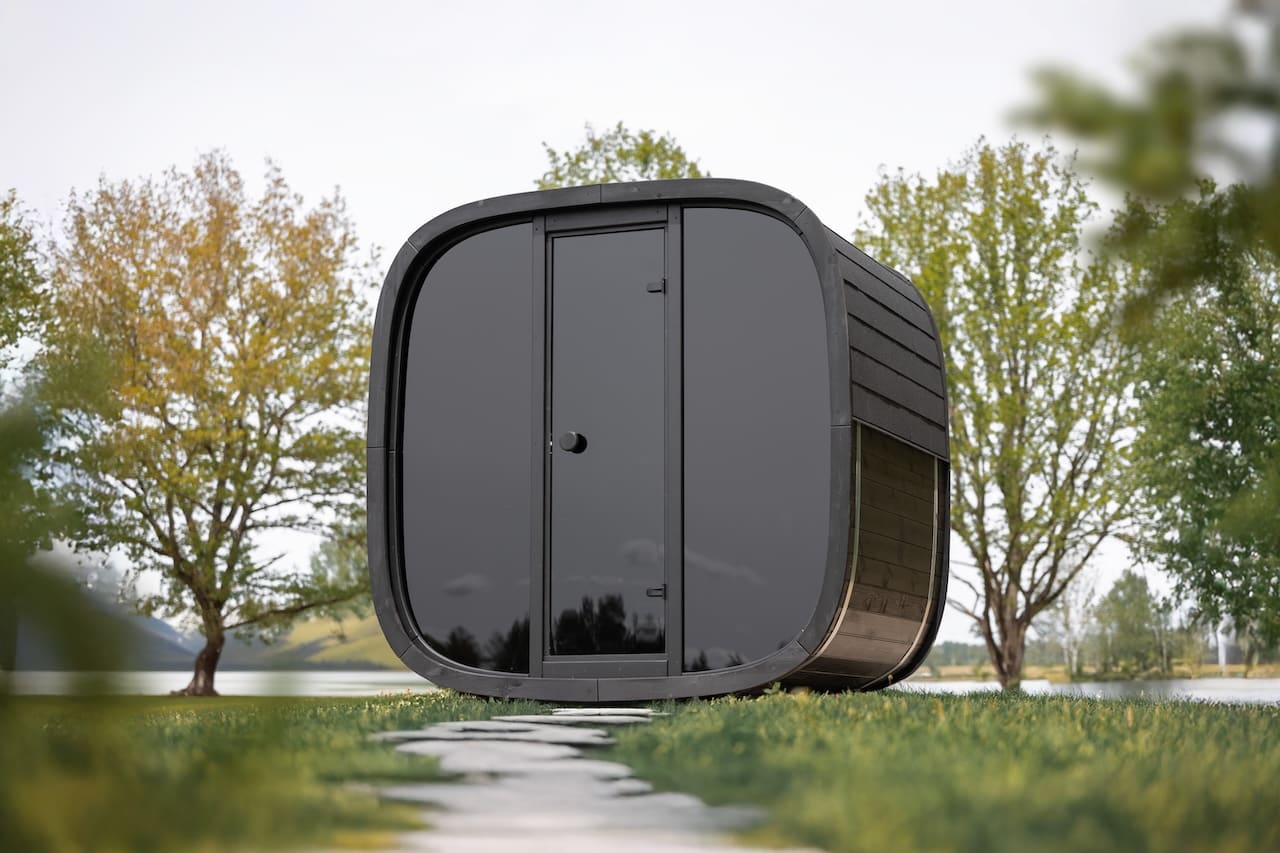
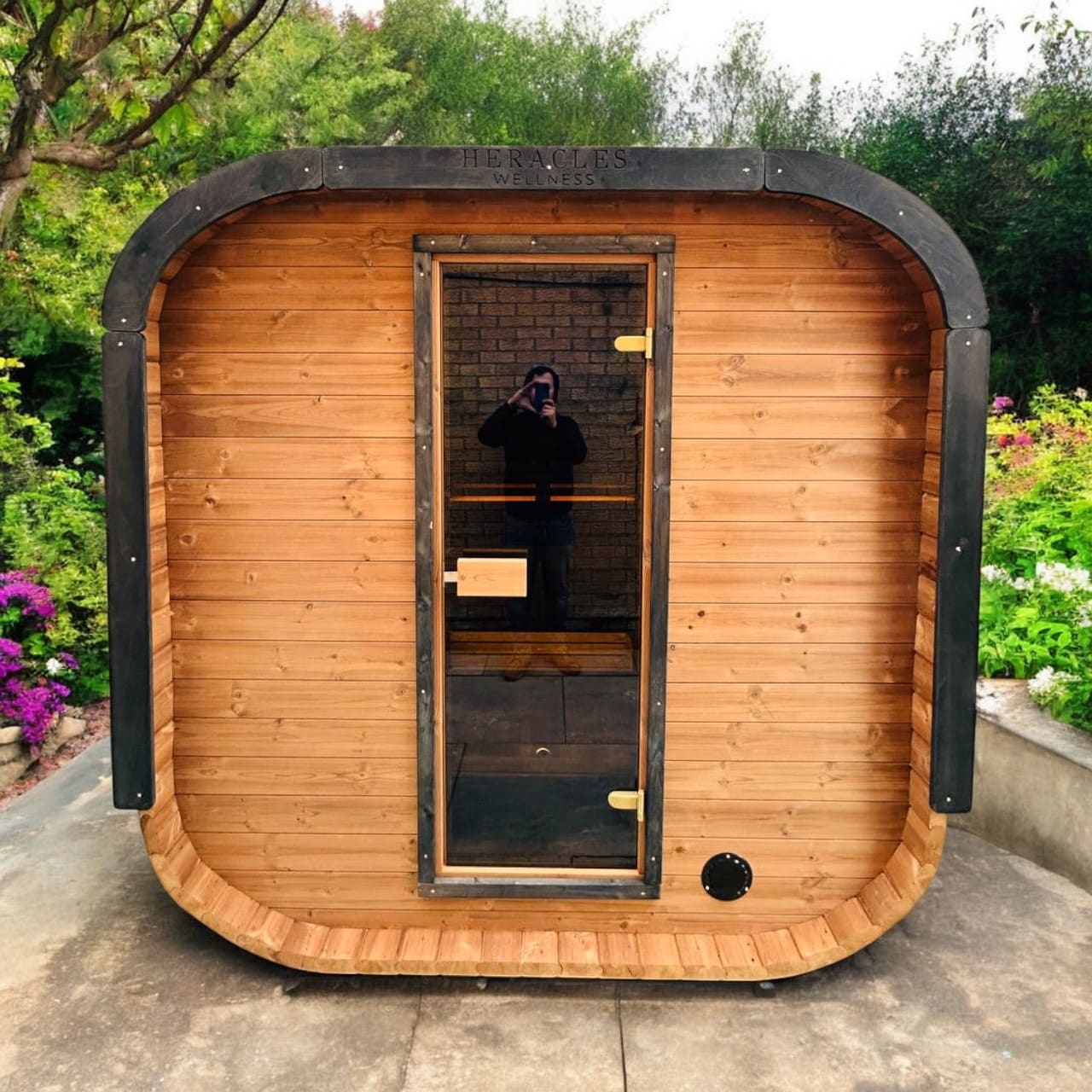

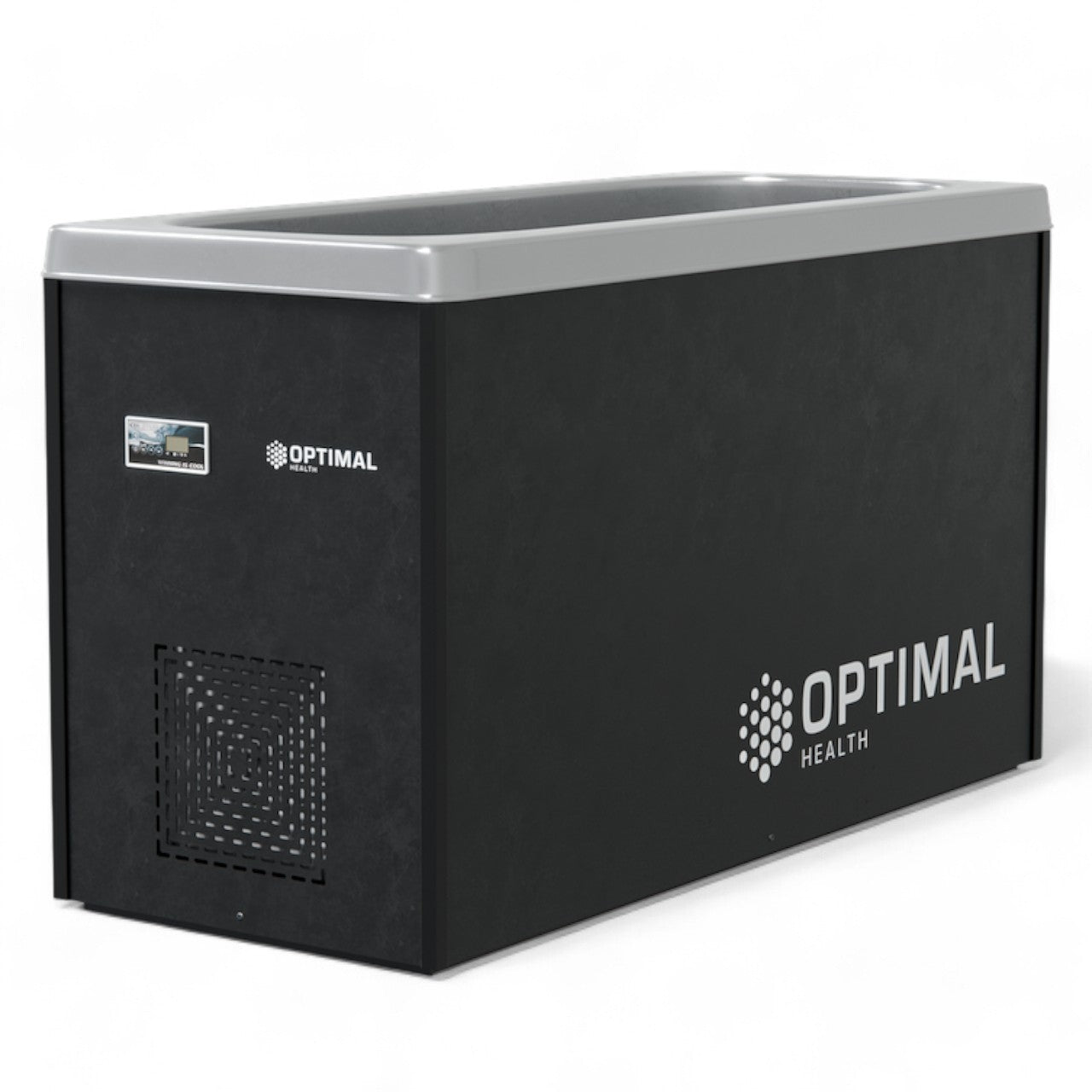
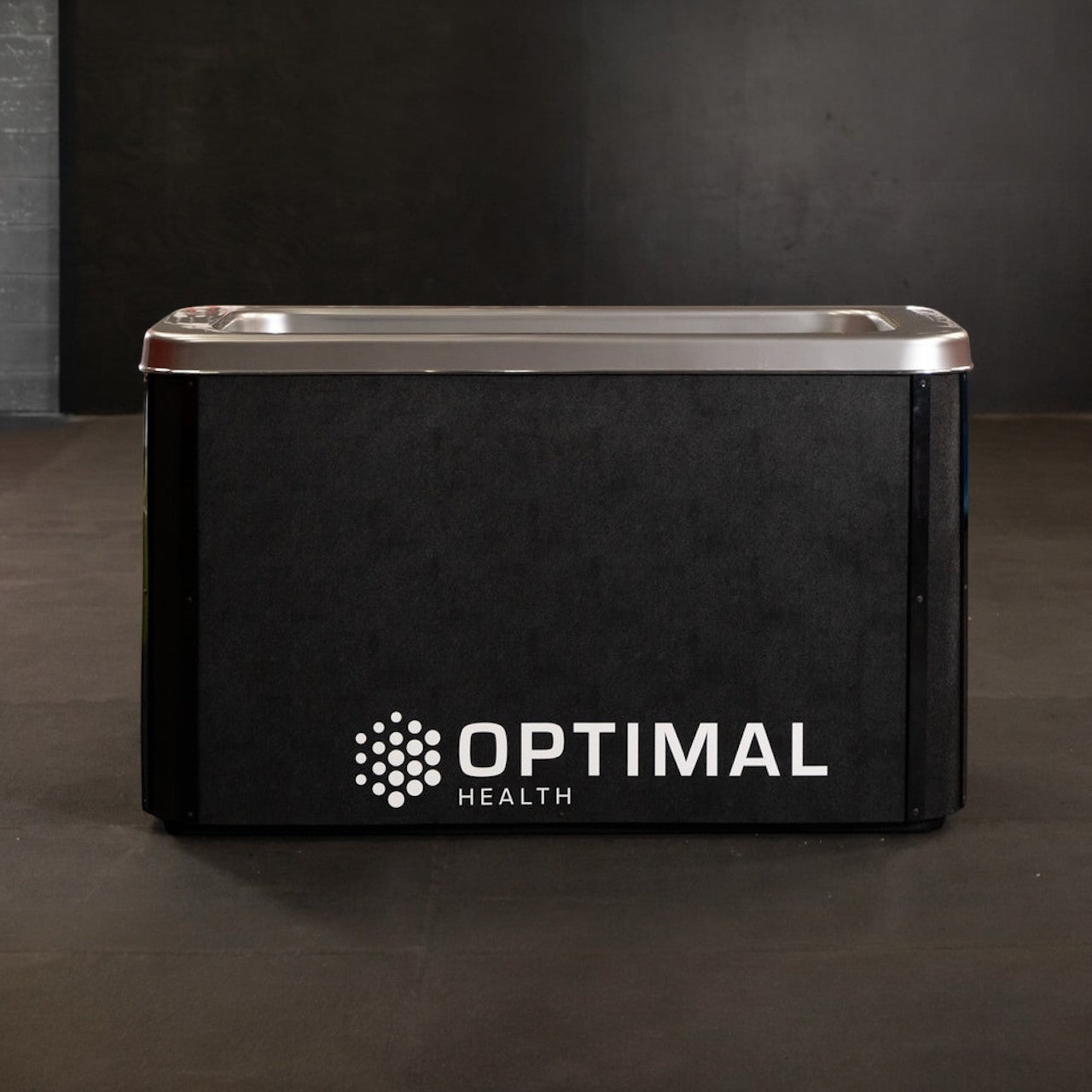
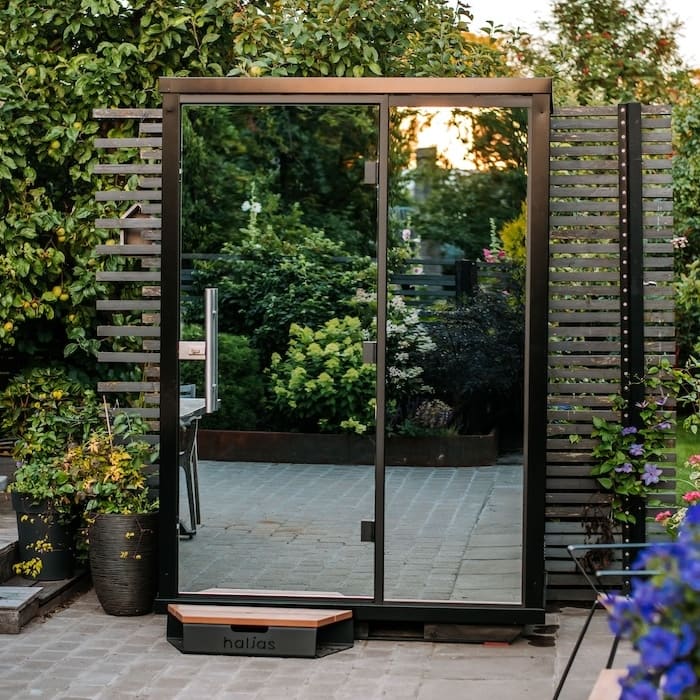
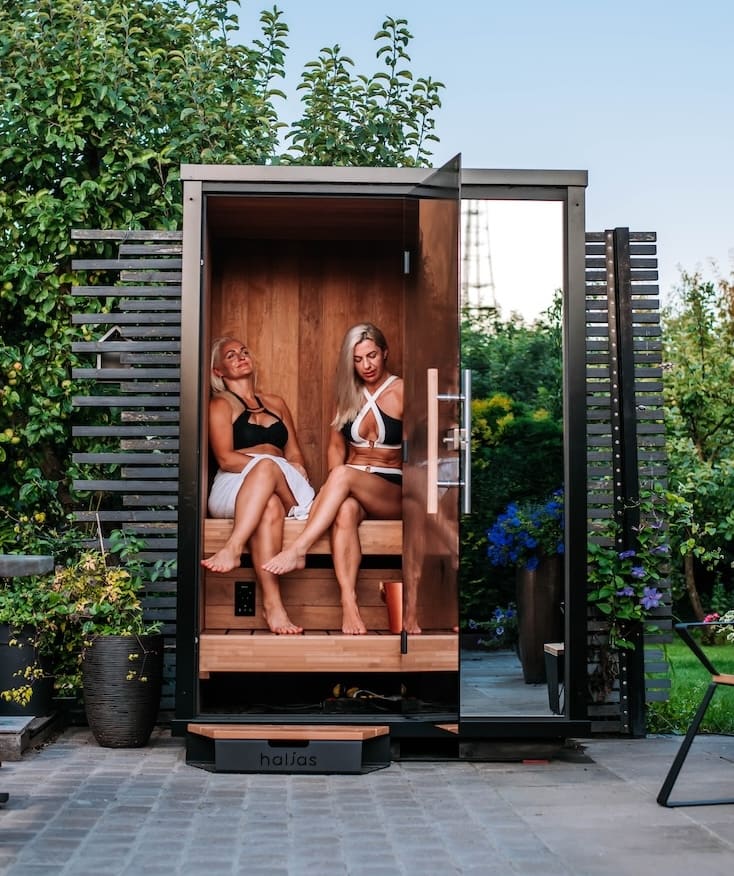
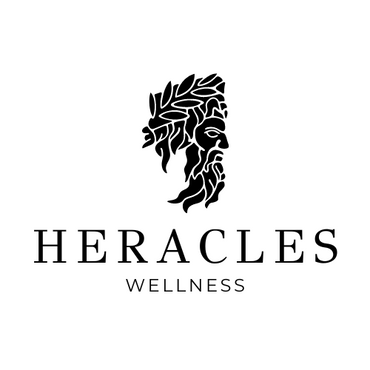
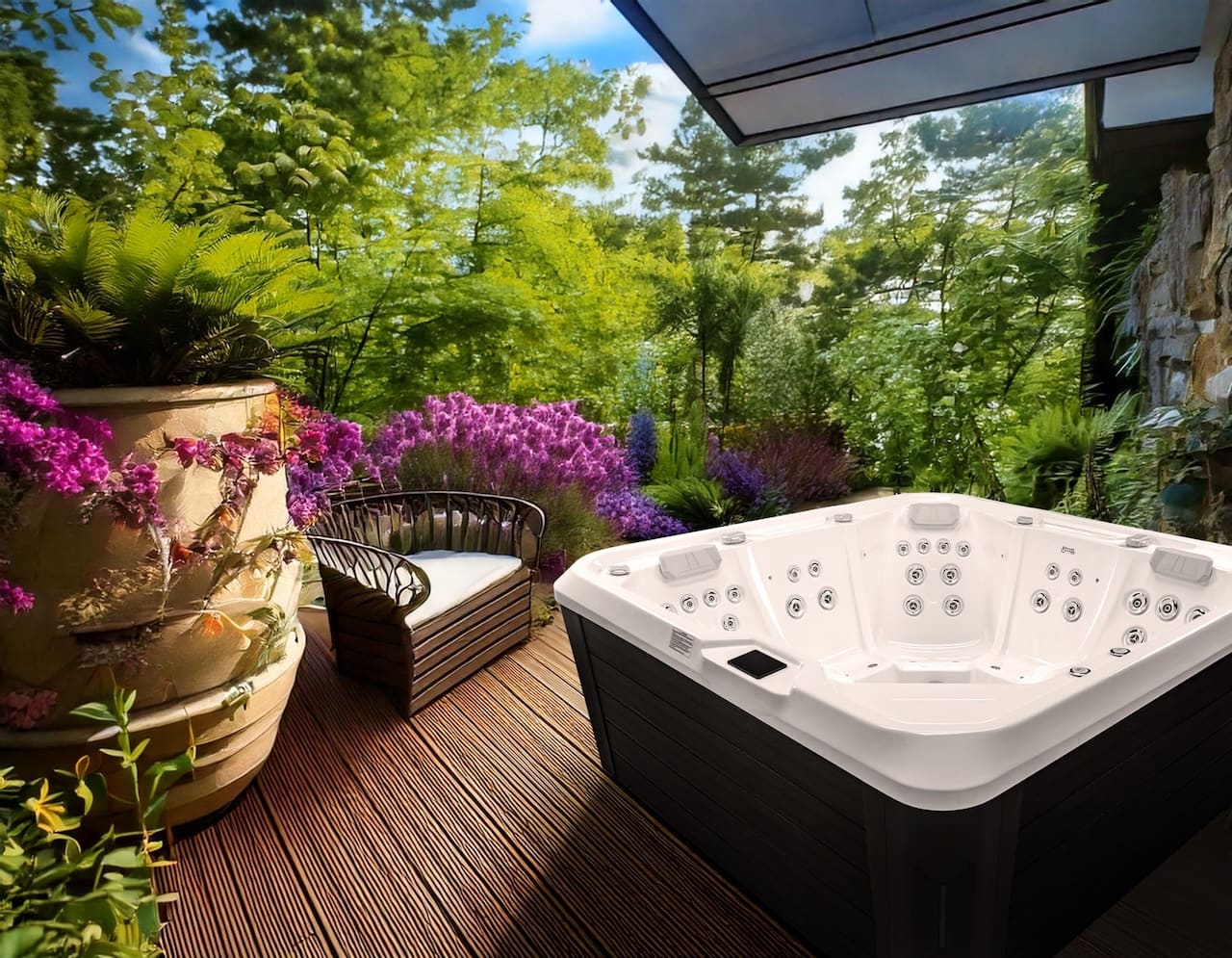
Leave a comment